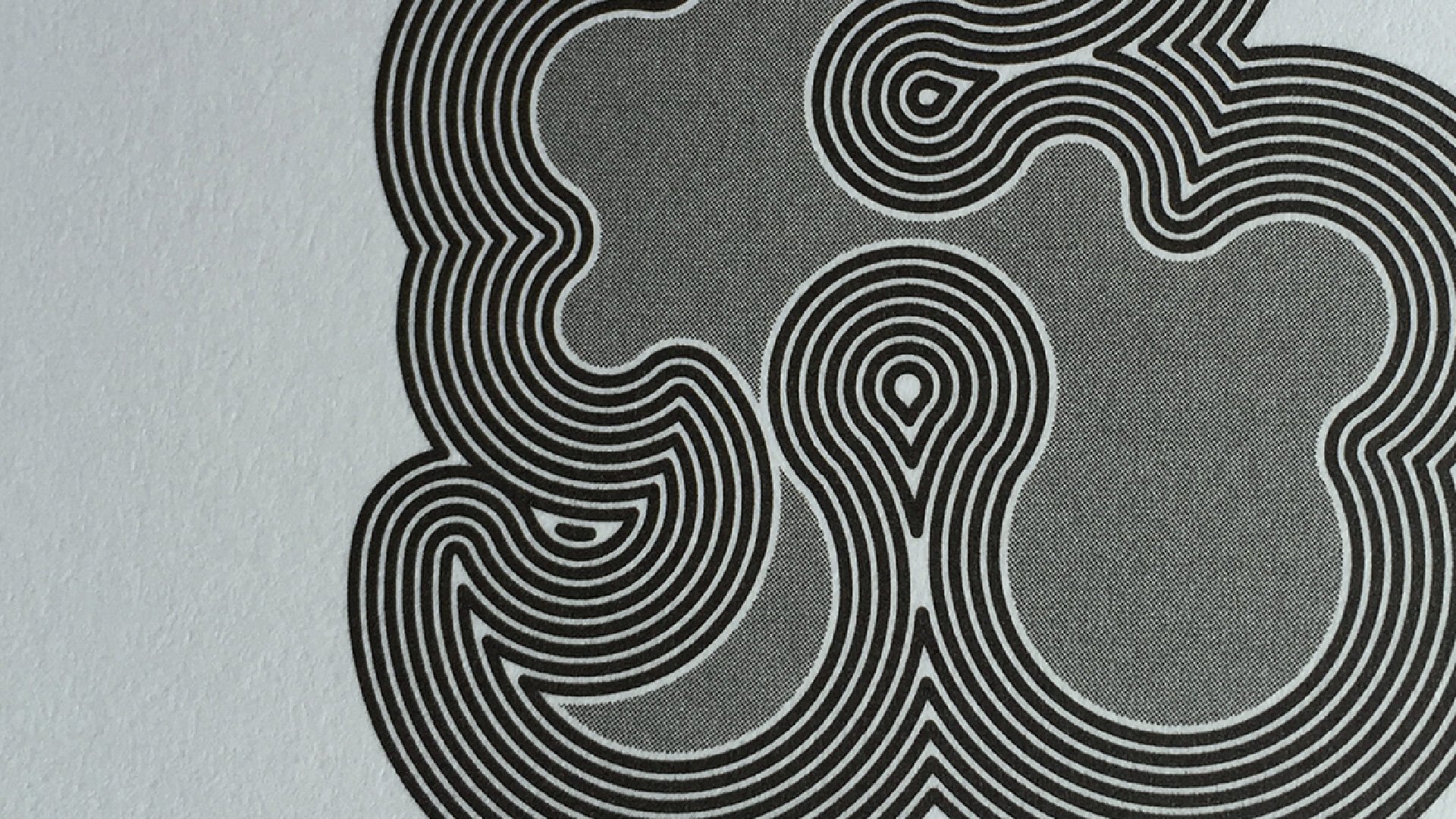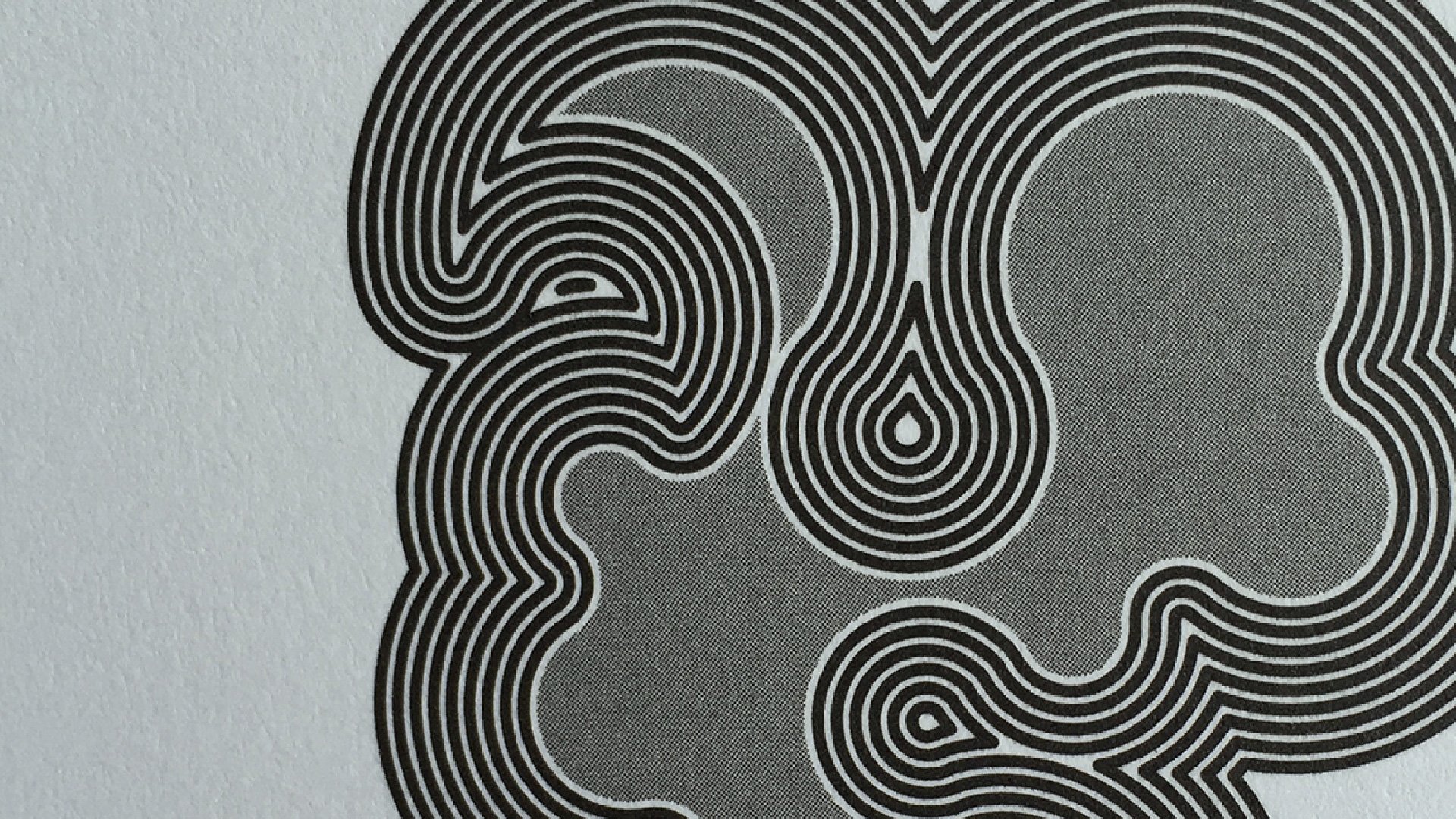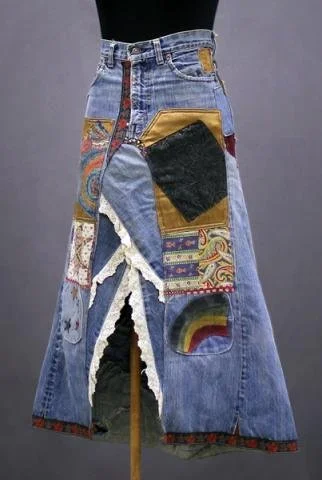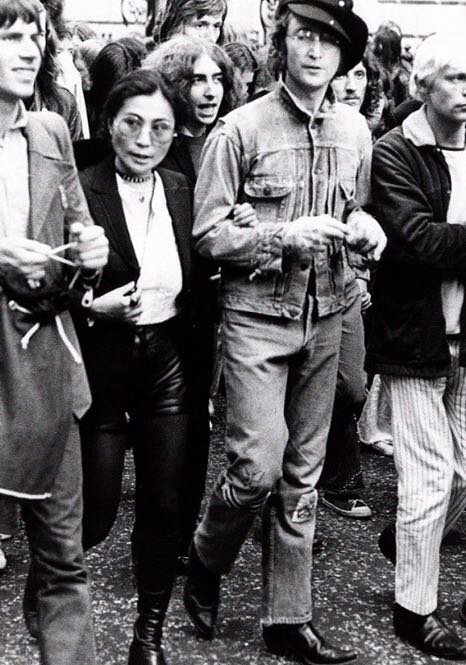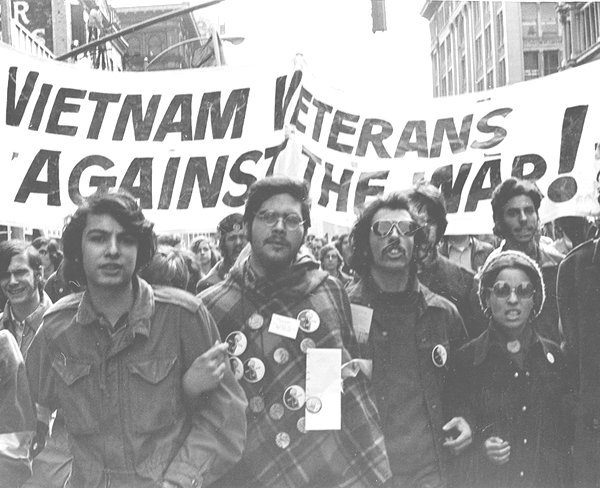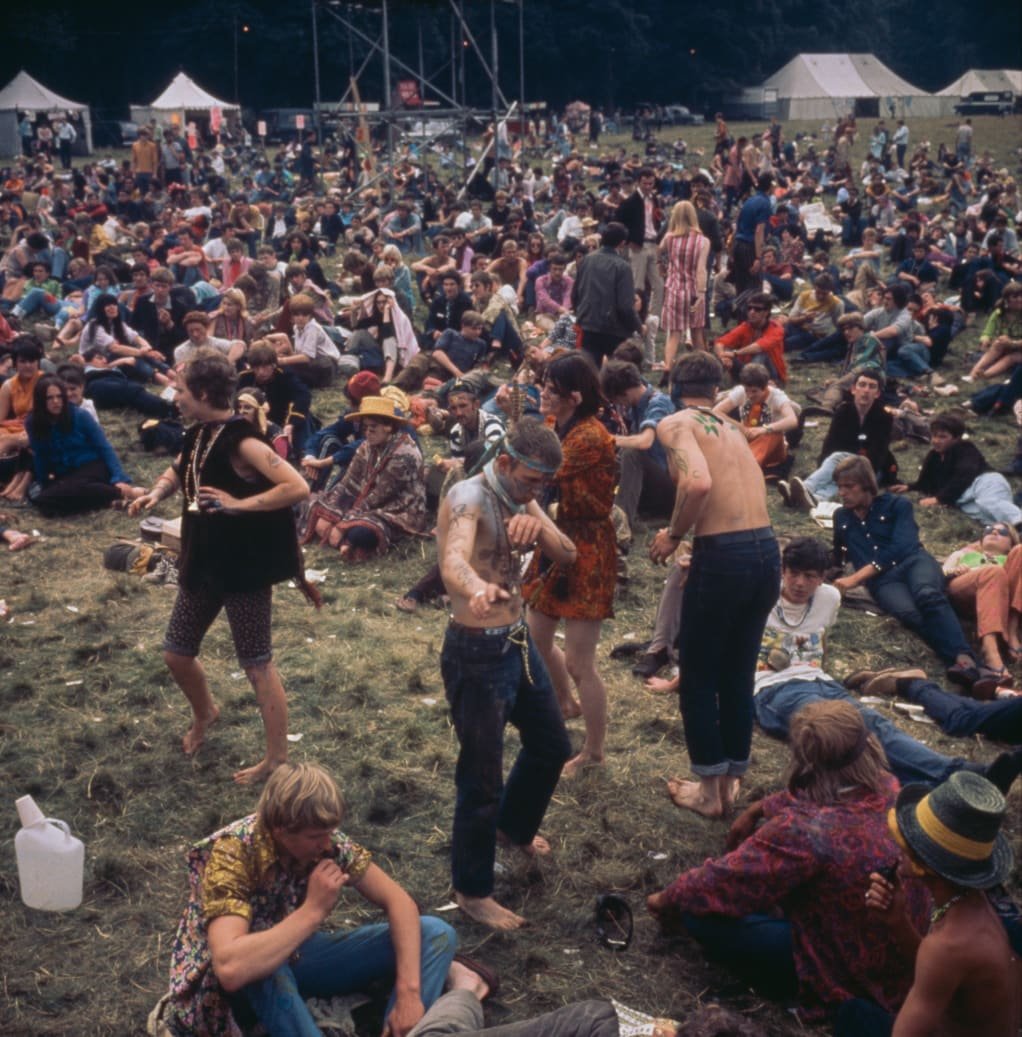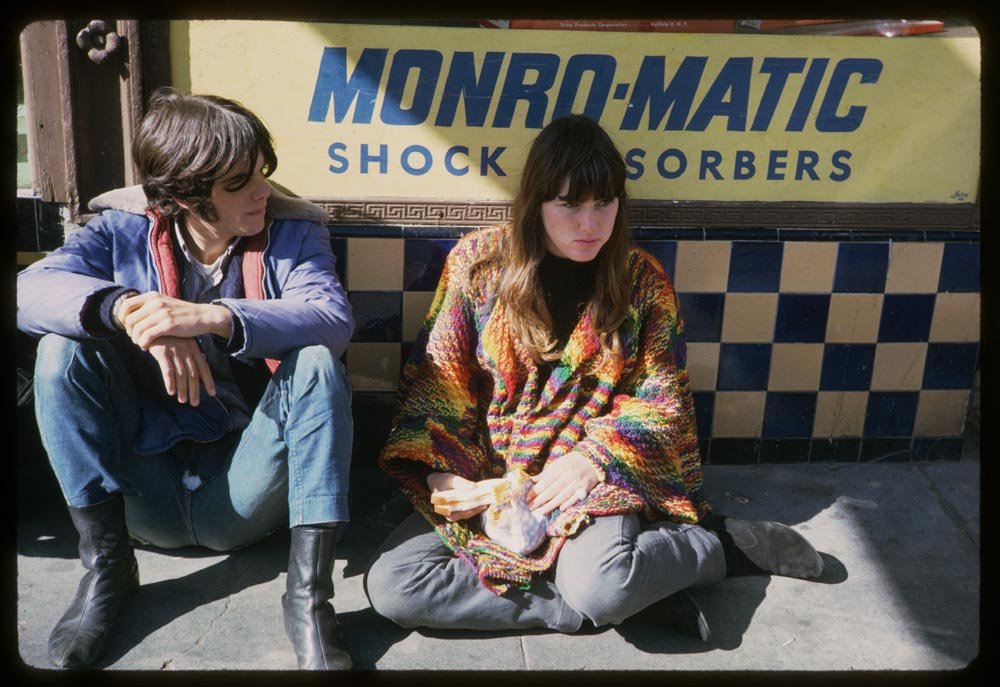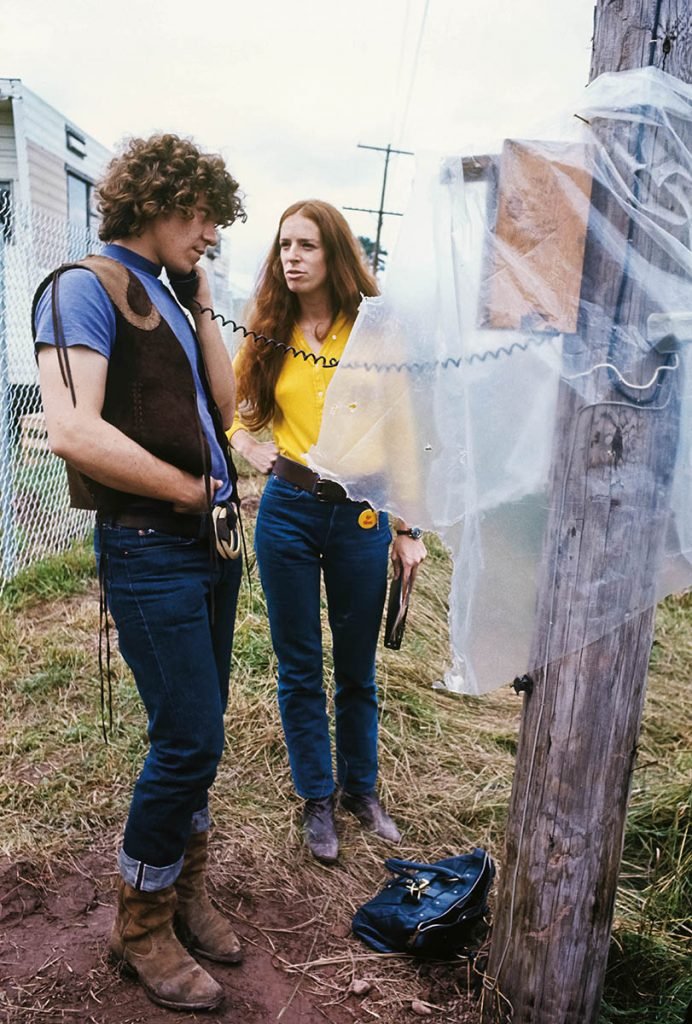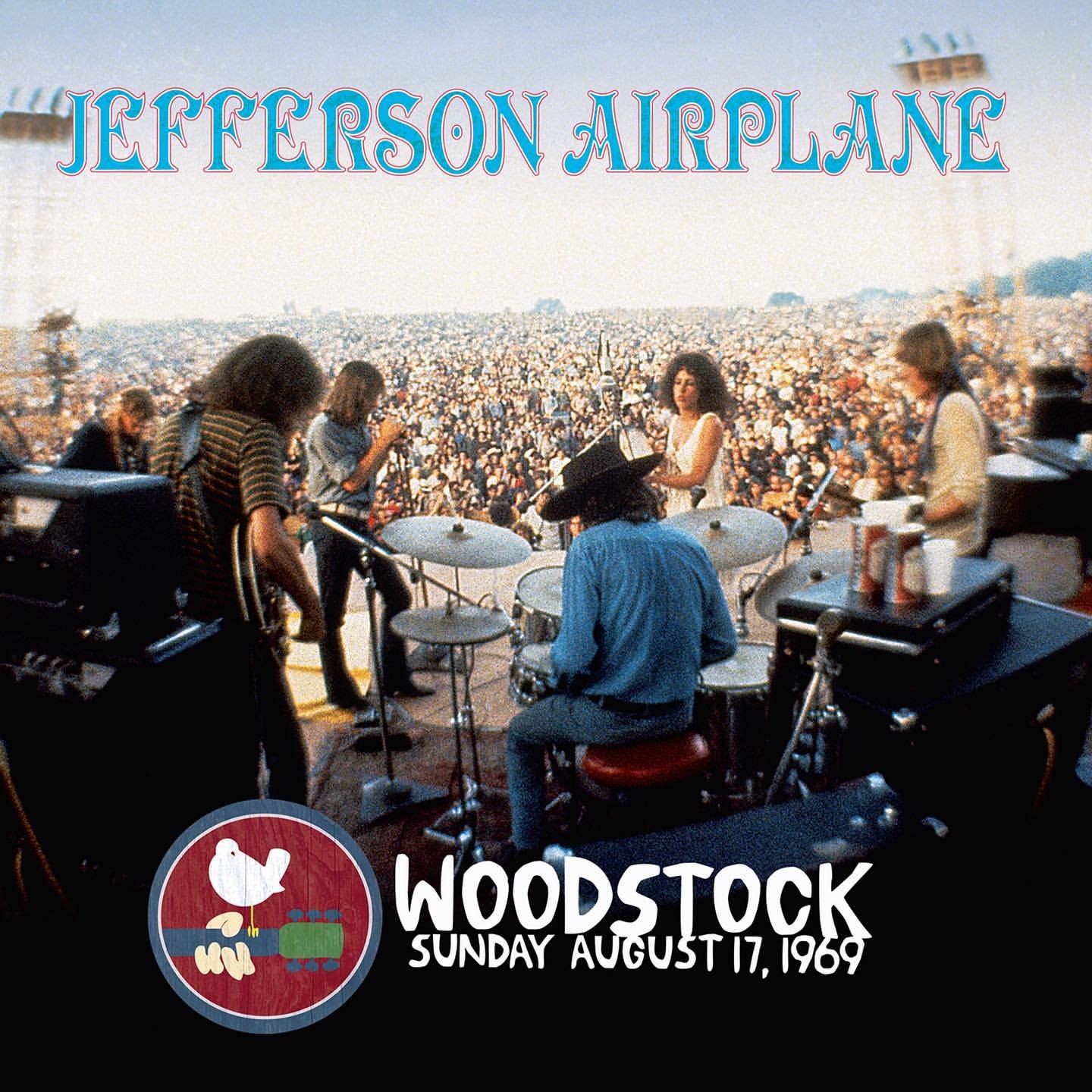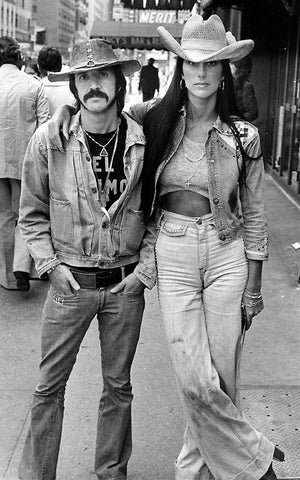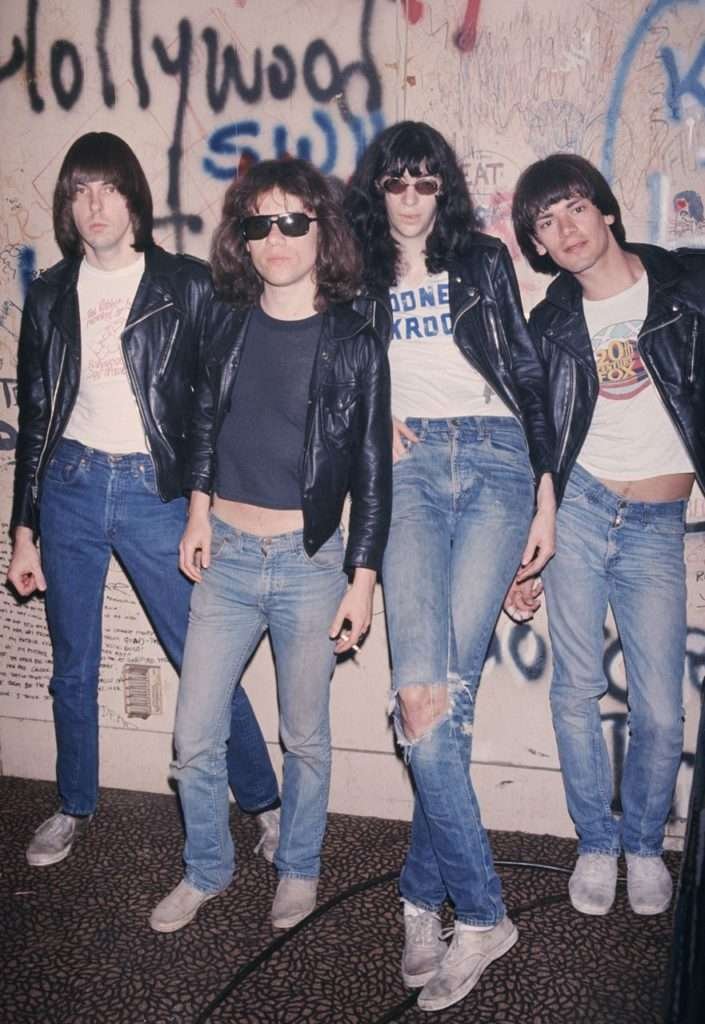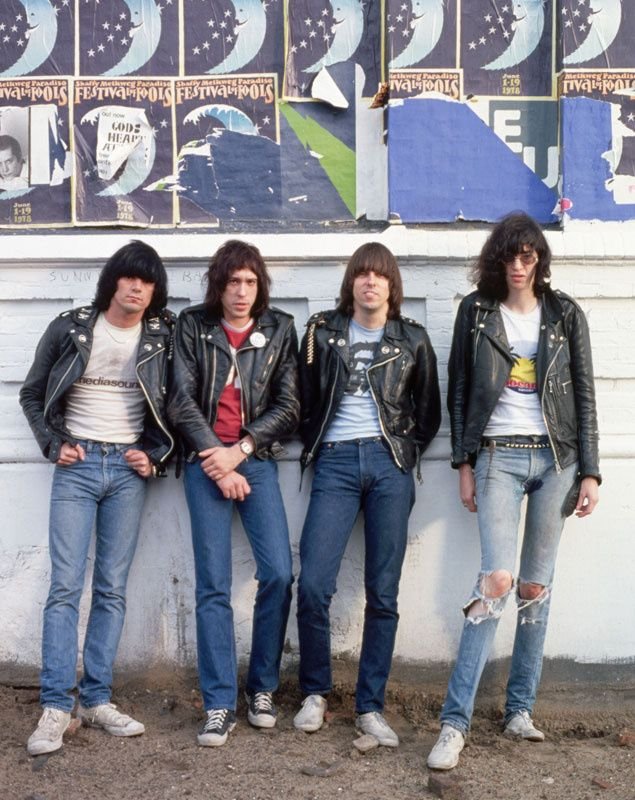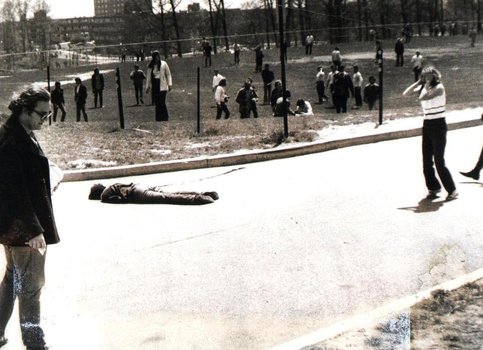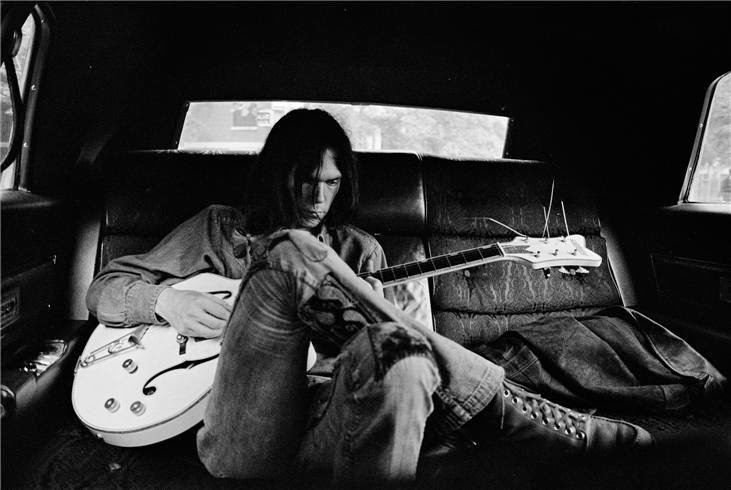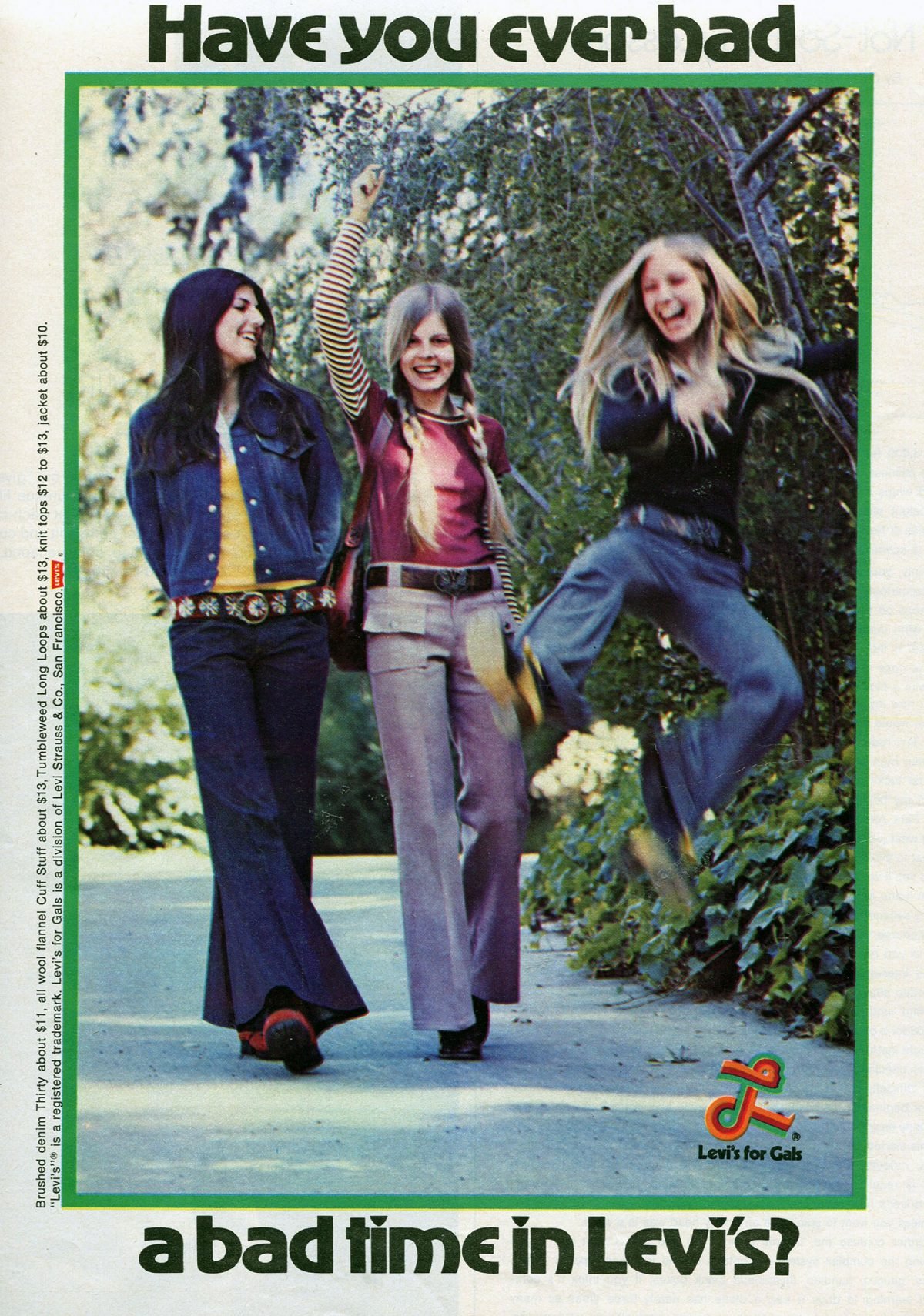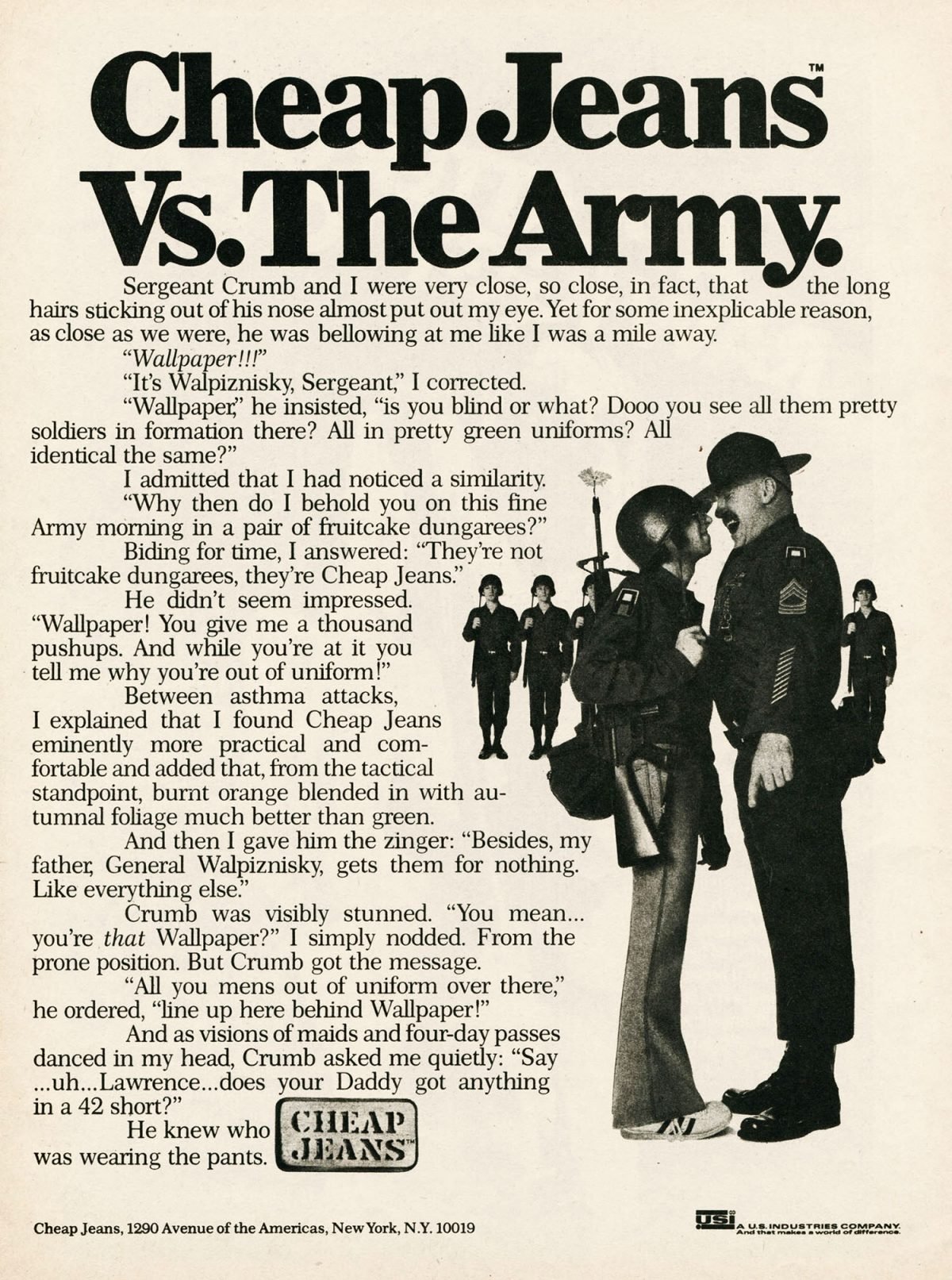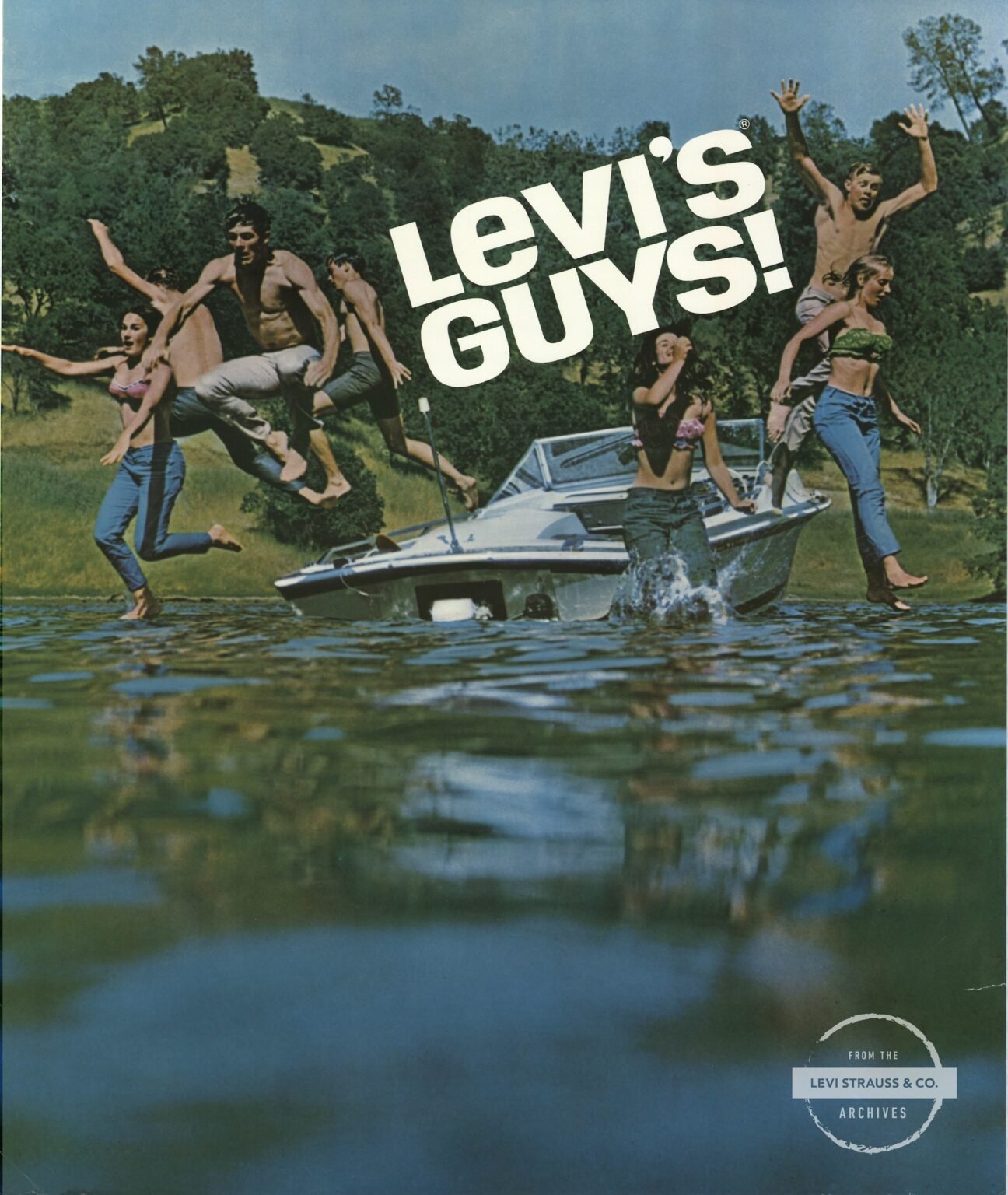Counterculture: 1950s - ‘70s
Jeans as a symbol of the counterculture: beatniks and hippies
And soon bohemians, from Beatniks to hippies, also claimed blue jeans as essential to their way of life.
First it was the Beat Generation, inspired and led by writer-poets Ginsberg, Kerouac and Burroughs who in the 1940s and ‘50s rejected the prevailing social norms including capitalism, consumerism and materialism, who were anti-war, favoured drugs, and free love, Eastern religions and were centred in bohemian havens like San Francisco and the East Village in New York.
Their followers or proponents became known as ‘beatniks’.
[Though the Beats as a movement remained small and was essentially a literary one, founded on the type of spontaneous prose and poetry they were innovating.
- You weren’t in the group unless you were either a friend of or a poet.]
Then as the ‘50s gave way to the ‘60s, the Beats and beatniks were gradually succeeded by a new kind of counterculture- the hippies, also known as ‘love children’.
Hippies were younger next generation, and were into folk and rock as opposed to jazz.
They dressed flamboyantly, in bright colours, ripped jeans, bell bottoms, and tie-dye clothing. Flowers in the hair was also a key element of their style.
The Beats and beatniks on the other hand favoured darker, or black or grey.
The other key difference between Beatniks and Hippies was that hippies were into LSD (as well as Marujana), seeking spiritual perfection or highs through psychedelic drugs.
Whereas the Beats were more into Marujana and Heroin.
Hippies were essentially non-political, other than being anti-war.
They were all about ‘freedom’, and peace and love, and anything that that entailed.
While the Hippies did join the political radicals in their support for US Civil Rights (racial segregation) and in opposition to Vietnam (the war), hippies didn’t overtly protest, they weren’t naturally protesters.
Nonetheless it could be said Hippies felt a connection to the rural, back to the land working class of the African American sharecroppers of the 19th and first half of 20th century and this inspired, in part, the signature double denim look that hippies ended up taking on.
By the ‘60s Levis embraced this image to the full, famously fitting out Jefferson Airplane in a televised performance of ‘White Rabbit’ in none other than head to toe denim.
Allen Ginsberg (left) and Jack Kerouac (right)
Beat poets, and founders of the Beat Generation
Peter Golding, English fashion designer credited as creating the first ever “designer jean” in 1970, and the first stretch jean in 1978, as a beatnik in Paris, 1950s.
San Francisco, 1940s.
William Burroughs, Beat poet and co-founder of the Beat Generation. circa 1980
__________
Hand embroidered patchwork shorts. 1960s
Hand decorated flared jeans. 1960s
The museum at FIT, “Denim: Fashion’s Frontier" (2015-16). A pair of hand-embroidered Levi’s jeans. 1969
Museum of Art and Design (MAD, New York), “Counter-Couture: Handmade Fashion in an American Counterculture.” (2017)
Psychedelic hand-decorated patchwork jeans, and a hand-embellished rhinestone jacket (Levi’s). 1960s
Kent State University Museum. Culture/Counterculture (2019/20): Fashions of the 1960s and ‘70s.
Hand embroidered patchwork repair denim skirt. 1960s
The museum at FIT, “Denim: Fashion’s Frontier" (2015-16). Embroidered denim skirt and coat. 1970s
Kent State University Museum. Culture/Counterculture (2019/20): Fashions of the 1960s and ‘70s.
Patchwork repair jeans, and kaftans. 1960s
Museum of Art and Design (MAD, New York), “Counter-Couture: Handmade Fashion in an American Counterculture.” (2017)
Hand embellished patchwork denim skirt, 1960s.
Kent State University Museum. Culture/Counterculture (2019/20): Fashions of the 1960s and ‘70s.
Patchwork repair denim skirt, embroidered denim shirt, kaftans, tie dye coat, embroidered velvet skirt, other signature clothing of the era . 1960s - 1970s.
Museum of Art and Design (MAD, New York), “Counter-Couture: Handmade Fashion in an American Counterculture.” (2017)
Hand-embellished rhinestone jacket (Levi’s). 1960s
a pair of US flag embellished jeans. 1960s
__________
George Harrison in a denim jacket, 1960s
John Lennon, “People for Peace”. 1960s
John Lennon in his Wrangler Bluebell 11MJ denim jacket, 1960s
John Lennon in double denim, with Yoko. 1960s
John Lennon in double denim, with Yoko. 1960s
Jefferson Airplane, 1960s
Jefferson Airplane in Levis, on the album cover for “White Rabbit”, 1967
Jeans as a symbol of the US Civil Rights Movement
And now we come to the role of denim and the US Civil Rights Movement. It was here that in the 1960s denim came to symbolise a different kind of rebelliousness.
For many African Americans, denim workwear represented a painful reminder of the old sharecropper system- where at one point back in the 19th century denim overalls would often be referred to as ‘negro clothes’- bought by slave owners for their enslaved workers (sharecroppers) partly because the material was sturdy but also, as mentioned earlier, because it helped contrast them against the linen suits and lace parasols of the plantation families.
James Brown, for one, refused to wear jeans and forbade his band members to either (source: James Sullivan, Jeans: A Cultural History of an American Icon).
While on the one hand Civil Rights activists wore denim out of practicality- tired of mending tears from attack dogs and high pressure hoses, and denim was able to withstand the abuse, their adoption by the Civil Rights Movement also referenced back to the very pointed historical societal divide.
In April 1962 the town of Huntsville, Alabama, protested about the segregation in department stores by replacing ‘Easter Sunday’ with ‘Blue Jean Sunday’.
Martin Luther King Jr. and the Rev. Drs. Ralph Abernathy famously wore matching denim work pants and shirts on their arrest in Birmingham, Alabama in April 1963, and King’s uniform went on to inspire thousands of other black protestors to dress up in denim with King’s march on Washington in August 1963.
There were 250,000 of them, including many of the workaday Black southerners (both men and women), and many wore denim overalls or double denim to D.C.
In the Spring of 1965 demonstrators in Camden, Alabama, took to the streets in a series of marches to demand voting rights.
Among the demonstrators were “seven or eight out of state ministers, and they wore the ‘blue denim uniform’ of the civil rights movement over their clerical collars” (source: Smithsonian magazine December 2020 “How Denim Became a Political Symbol of the 1960s”).
“It took Martin Luther King Jr.’s march on Washington to make jeans popular” writes art historian Caroline A Jones “It was here that civil rights activists were photographed wearing the poor sharecropper’s blue denim overalls to dramatise how little had been accomplished since Reconstruction.”
“White civil rights advocates followed”, as the fashion writer Zoey Washington observes, “Youth activists, specifically members of the Student Non-Violent Co-ordinating Committee (SNCC), used denim as an equalizer between the sexes and an identifier between social classes.”
Martin Luther King Jr. and the Rev. Drs. Ralph Abernathy wearing matching denim work pants and shirts on their arrest in Birmingham, Alabama. April 1963
US civil rights activists on their march on Washington, August 1963
Girl dressed in denim overalls on her march on Washington, August 1963
Scene from the march on Washington, August 1963
Civil Rights activists in Camden, Alabama. 1965
Jeans as a symbol of student solidarity with the working classes, and student opposition to the war (Vietnam)
Which brings us to denim overalls and double denim also being adopted as the SNCC (Student Non-Violent Co-ordinating Committee) uniform. During the ‘60s as jeans started to spread to the US middle classes, protesting college students (protesting the Vietnam war, amongst other things) began adopting jeans as a token of solidarity with the working class.
Students protesting the war (Vietnam), 1960s
Students protesting the war (Vietnam), 1960s
The Summer of Love (1967), and Woodstock (1969)
And soon every youth subculture- from the student fraternity with their overalls and double denim, to young rockabillies with their wide turn-ups, from the Hippie generation with their bell-bottoms, to punk rockers with their new found orchestrated rips and tears; from women’s lib, to the suburban mom with her high-waisted boxy cuffed denim; and to the free flowing psychedelic splendour of gay rights. They all started to put their own stamp on jeans.
Jeans became a symbol of independence, freedom and that seismic shift from the traditions of the past, while men and women could wear it equally making it a sartorial symbol of gender equality, and democratic values. (more photos of 60s bands and musicians in denim, not to forget Sonny and Cher, Hibiscus, Lennon, Jagger, Debbie Harry, Neil Young, also Brigit Bardot, Steve McQueen, also Kaftans etc.).
In July 1967, the Summer of Love, 100,000 denim clad music loving pleasure seekers converged in the Haight-Ashbury neighbourhood of San Francisco and embraced the music, the drugs (LSD), anti-war and free love ideals, and the so-called Hippie scene filtered through and spread right across the USA including to New York.
The other historic celebration of Hippie counter culture was in August 1969 at Woodstock in upstate New York- 3 days of peace, music and love. 300,000-400,000 people came to listen to Joan Baez, The Grateful Dead, Jimi Hendrix, Janis Joplin, Jefferson Airplane, The Who, Crosby Stills Nash and Young, Credence Clearwater Revival, and others.
Again, note the true depth of texture and the richness of the blue cast of the denim (with reference to the images below).
Scene from the Summer of Love, July 1967
Scene from the Summer of Love, Haight-Ashbury July 1967
Haight-Ashbury, Summer of Love. July 1967
Haight-Ashbury, Summer of Love. July 1967
Rainbow patchwork embellished denim skirt, July 1969
Peace offering, Summer of Love. July 1967
Streets of Haight-Ashbury, Summer of Love. July 1967
The Grateful Dead, Haight-Ashbury, Sanfrancisco
Summer of Love. July 1967
Sharing the Love, July 1967
Hells Angels, Summer of Love. July 1967
__________
Woodstock, August 1969
Woodstock, August 1969
Woodstock, August 1969
Woodstock, August 1969
Woodstock, August 1969
Woodstock, August 1969
Woodstock, August 1969
Woodstock, August 1969
Woodstock, August 1969
Woodstock, August 1969
Jarvis Cocker in hickory striped denim, at Woodstock. August 1969
Girl in patchwork embellished jeans, Woodstock. August 1969
Girl in dark denim flares, Woodstock. August 1969
Patchwork embellished jeans, Woodstock. August 1969
Woodstock, August 1969
Jimi Hendrix in bleach distressed flares, Woodstock. August 1969
Jimi Hendrix in Kaftan and distressed denim, Woodstock. August 1969
Joan Baez in dark denim, Woodstock. August 1969
The Who, Woodstock. August 1969
Boys scaling the scaffolding, Woodstock. August 1969
Woodstock, August 1969
Jefferson Airplane @Woodstock poster. August 1969
Neil Young in plaid shirt and jeans, Woodstock. August 1969
Crosby Stills Nash & Young, Woodstock. August 1969
Joan Baez, Woodstock. August 1969
The Grateful Dead, Woodstock. August 1969
Jimi Hendrix in bleach distressed flare jeans, Woodstock. August 1969
Creedence Clearwater Revival, July 1969
Mick Jagger, 1969
Sonny and Cher in a double denim medley, 1969
Neil Young in patchwork embellished jeans. Philadelphia 1970
The denim-clad Ramones
In what was soon to become the all-time punk rocker classic, the Levis 505 tapered leg was introduced in 1967 during the Summer of Love, hitting its stride into the ‘70s when punk rockers the Ramones embraced the new slim 505 silhouette, and went on to create their uniform of shredded Levis 505 jeans and black leather jackets. (Johnny Ramone famously customised his 505s to make the legs even slimmer).
The Ramones, 1970s
The Ramones, 1970s
The Ramones, 1970s
The Ramones in Levis posing for their debut album cover, self-titled The Ramones (1976).
The Ramones debut album cover, self-titled The Ramones (1976).
The march on Washington of November 15th 1969, Altamont and the Kent State shootings of May 4th 1970
Later in November 15, 1969 was the largest anti-war (the Vietnam War, 1965-73) demonstration in US history, with 500,000 mostly denim clad protestors in Washington D.C.
Then in December 1969 five people died at Altamont, the music festival, headlined by The Rolling Stones, featuring Santana, Jefferson Airplane, Crosby Stills Nash & Young, the Grateful Dead, and intended to be the West Coast equivalent of Woodstock.
Finally on May 4th, 1970 there were the Kent State shootings by the Ohio National Guard of the denim-clad student fraternity protesting the war (photos??), and these events started to bring the free-wheeling, free-spirited attitudes of the ‘love generation’ down to a more sordid reality, and those famously historic sentiments of unconditional love and of unity started to fade.
Neil Young wrote his song ‘Ohio’ in 1971 in relation to the Kent State shootings.
The Hippie ‘peace, love, no war’ movement died per se as US involvement in the Vietnam conflict came to a close in 1973-75.
However the legacy, including what was to become mainstream American rejection of American culture- long hair, beards, the colourful style, drugs (LSD and Marujana), folk and rock music, an eco-conscious back to nature lifestyle (including organic farming, vegetarianism, and holistic medicine), endured.
The break-with-tradition spirit of the ‘60s carried into the ‘70s, Hippie inspired decorated and embellished denim with embroidery, beads, sequins, patchwork (much of which was home spun patchwork repairs).
In the Counterculture, new sources of inspiration included experimental materials, non-western clothing styles such as dashikis and caftans.
Take for example in 1967 ‘Hibiscus’ (George Edgerly Harris II, founder of the Cockettes) was clean cut and preppy but only a few years later into the ‘70s he would, in full hair and makeup, radiate counter culture androgynous psychedelic splendour-
Victor & Rolf, and John Galliano, both revered his creativity and talent.
College campuses led the push to more casual clothing including the move to women wearing pants/trousers-
in 1972 Parade Magazine publishes a cover article (see below)- “Overalls as the Uniform of the Counterculture, from College Campuses to Ski Slopes.”
and then there was the enduring popularity of message tees as political and social commentary.
Altamont Speedway Free Festival in Livermore, December 1969
Altamont Speedway Free Festival in Livermore, December 1969
__________
500,000 protestors (many of which are students): march on Washington, opposing the Vietnam war.
November 15, 1969
Kent State University, Shootings by the Ohio National Guard. May 4, 1970
Kent State University, Shootings by the Ohio National Guard. May 4, 1970
Kent State University, Shootings by the Ohio National Guard. May 4, 1970
Kent State University, Shootings by the Ohio National Guard. May 4, 1970
Kent State University, Shootings by the Ohio National Guard. May 4, 1970
__________
Neil Young for “Ohio”, 1971
Wearing patchwork embellished jeans
“Hibiscus” (George Edgerly Harris II) was clean cut and preppy, in 1967
“Hibiscus” (George Edgerly Harris II), radiates counterculture androgynous psychedelic splendour, in the 1970s
__________
Parade Magazine: “Overalls- Uniform of the Counterculture. From college campuses to ski slopes.” January 2nd, 1972
Parade Magazine: “Overalls- Uniform of the Counterculture. From college campuses to ski slopes.” January 2nd, 1972"
To quote the last three paragraphs of the Parade Magazine article above, “For years,” Billings points out, “Oshkosh B’gosh manufactured a standard line of work clothes. Including the old standby, bib overalls. But a few years ago we started to manufacture a new line of fashion slacks and jeans under ‘The Guys’ label. It now constitutes 40 percent of our total volume.
“Last year there was a sudden interest in the revival of the bib overall especially among young people, and it’s developed into a definite trend. Coeds used to wear skirts and sweaters and loafers. Now many of them are wearing bib overalls.”
According to Bud Johns of Levi Strauss, San Francisco, “The kids these days are specialising in the earthy, ecological look, the back-to-nature kick. It seems like a reaction against the Edwardian costumery. Bib overalls, multicolored jeans, work clothes of all kinds seem to provide their clothing mix. How long it will last, no one knows. But for them it makes good sense. Work clothes are reasonable, lasting and functional.”
They are also, one might add, an ingredient of the counterculture manifestation of young people to devise, create, and rediscover their own way, do their own thing, carry their own bag.”
Jeans ad, 1970s
Levi’s ad, 1970s
Cheap Jeans ad. 1970s
Levi’s ad, 1970s
Teen Magazine cover featuring patchwork embroidered jeans. September issue, 1971
__________
__________
site edited by Sheel Khemka BA (OXON)
© 2022.

